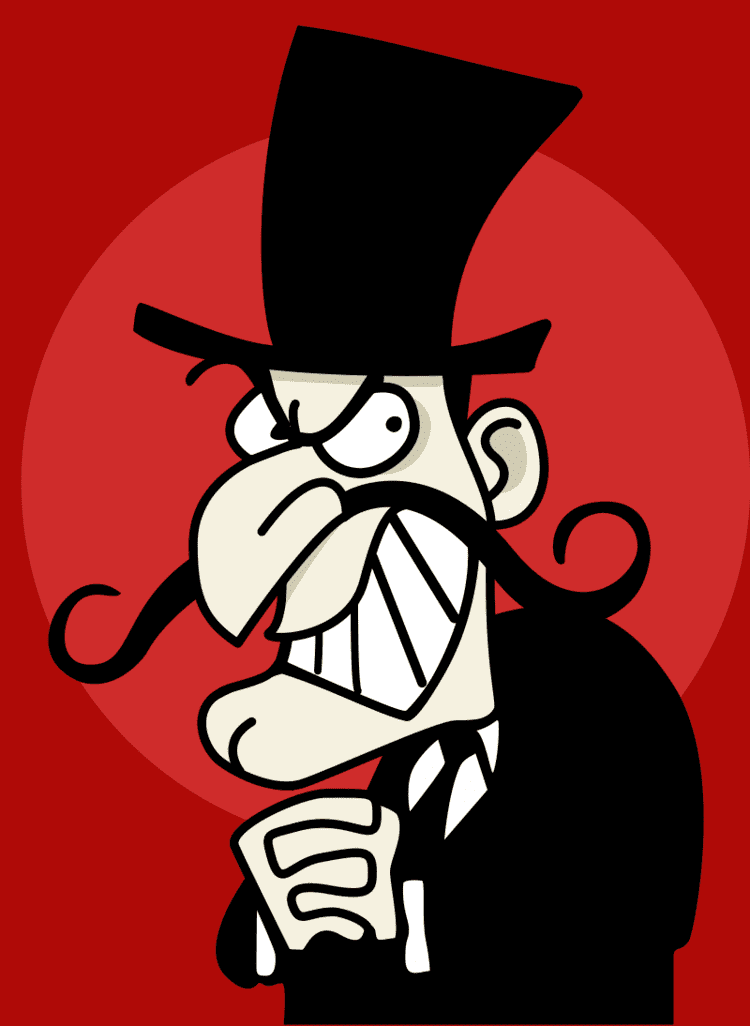 | ||
018 agonists and antagonists
An antagonist is a character, group of characters, institution, or concept that stands in or represents opposition against which the protagonist(s) must contend. In other words, an antagonist is a person or a group of people who opposes a protagonist.
Contents
- 018 agonists and antagonists
- The dark knight creating the ultimate antagonist
- Etymology
- Heroes and villains
- Other characters
- Aspects of the protagonist
- Non corporeal
- Usage
- References
The dark knight creating the ultimate antagonist
Etymology
The English word antagonist comes from the Greek ἀνταγωνιστής - antagonistēs , "opponent, competitor, villain, enemy, rival," which is derived from anti-("against") and agonizesthai ("to contend for a prize").
Heroes and villains
In the classic style of stories where the action consists of a hero fighting a villain/enemy, the two may be regarded as protagonist and antagonist, respectively. However, the villain of the story is not always the same as the antagonist, as some narratives cast the villain in the protagonist role, with the opposing hero as the antagonist.
An antagonist also may represent a threat or obstacle to the main character by its existence and not necessarily targeting him or her in a deliberate manner.
Examples in both film and theatre include Sauron, the main antagonist in The Lord of the Rings, who constantly battles the series' protagonists, and Tybalt, an antagonist in Romeo and Juliet, who slays Mercutio and whose later death results in the exiling of one of the play's protagonists, Romeo. In stories, a convention of antagonists is that their moral choices are less savory than those of protagonists. This is often used by an author to create conflict within a story. However, this is merely a convention, and the reversal of this can be seen in the character Macduff from Macbeth, who is arguably morally correct in his desire to fight the tyrant Macbeth.
An antagonist may be a sympathetic character who the audience identify with, such as Wile E. Coyote, who is unable to catch the Road Runner.
Other characters
Characters may be antagonists without being villainous or evil – they may simply be injudicious and unlikeable for the audience. In some stories, such as The Catcher in the Rye, almost every character other than the protagonist may be an antagonist.
Aspects of the protagonist
An aspect or trait of the protagonist may be considered an antagonist, such as morality or indecisiveness.
Non-corporeal
An antagonist may not always be a person or persons. In some cases, an antagonist may be a force, such as a tidal wave that destroys a city; a storm that causes havoc; or even a certain area's conditions that are the root cause of a problem. An antagonist also may or may not create obstacles for the protagonist.
Societal norms or other rules also may be antagonists.
Usage
An antagonist is used as a plot device, to set up conflicts, obstacles, or challenges for the protagonist. Though not every story requires an antagonist, it often is used in plays to increase the level of drama. In tragedies, antagonists are often the cause of the protagonist's main problem, or lead a group of characters against the protagonist; in comedies, they are usually responsible for involving the protagonist in comedic situations.
